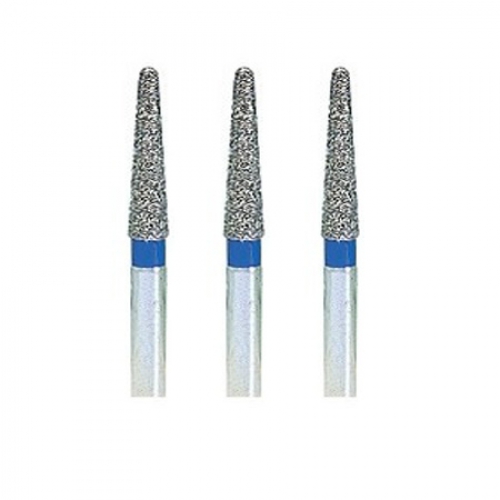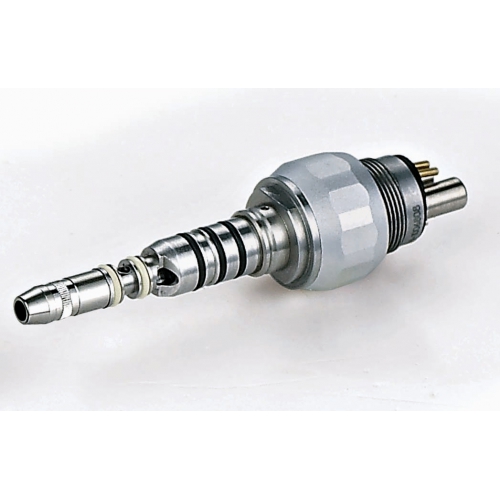1. Brushing Immediately After Every Meal
Do this, but wait 30-60 minutes until after your meal has been completed. Bolting for the bathroom as soon as you finish eating is a no-no. Your teeth actually soften in the acidic environment created in your mouth while you are eating. Also brushing too forcefully with a hard bristled brush can do damage your tooth enamel. Be gentle and choose a softer brush.(Dental Implant Machine)
2. Forgetting About Flossing
Do your gums bleed when you brush vigorously or floss? This could mean that you have a mild case of gingivitis. In order to get rid of this, you want to get into the habit of flossing after every, yes every, meal. The longer food particles are touching your teeth and gums, the more likely it is you will have dental problems down the road. Rid your teeth of bacteria on a daily basis, three times a day, by flossing.
3. Using Your Teeth as a Tool
Before you go to open that bottle with your teeth or undo a knot, think again. Although it’s convenient and easy to think of your teeth as a tool, you can actually crack or break your teeth while doing this. Take the extra couple of minutes needed to find the true tool for the job, and your teeth will greatly thank you!
4. Skipping Checkups
It is highly recommended you visit the dentist every six months for a cleaning and routine check up. By doing so, you are not allowing tartar and plaque to build up on your teeth and will have fewer dental problems as you age. Carrying the plaque around means it will get deeper and deeper into the gums, which can weaken support structures such as bones.
5. Neglecting to Use a Mouthguard
Use your head and don’t forget your mouthguard when participating in full contact sports such as: basketball, softball, football, wrestling, soccer, lacrosse, rugby, skating, martial arts, as well as recreational sports such as skateboarding and cycling. It may seem over the top, but getting into this habit can prevent serious injuries to your teeth and mouth.
6. Grind, Grind, Grind
Many people grind their teeth when bored or mad, and some do it while they are sleeping. This habit of clenching can wear your teeth down and add 10 to 20 years to your appearance. Grinding also makes it easier for cavities to develop because it wears down the top, protective layer of enamel. This can eventually lead to tooth decay as well. If you have difficulty stopping, get fitted for a mouthguard, especially if you grind your teeth while sleeping and obviously can’t naturally correct the problem.
7. Abuse Soda, Sports Drinks, or Juices
Stick to water or drinks that don’t contain as much sugar. Many of these drinks contain loads and loads of sugar, which will then sit on your teeth until the next time you brush. Grab for the water or sugar free thirst quenchers instead!
8. Drink Excessive Tea, Coffee, or Red Wine
These beverage choices can stain your teeth if you do not brush them away after consumption. When your teeth are stained, they have the rough feeling of sandpaper, which causes bacteria to stick to them more easily. This can eventually lead to tooth decay. Apart from cutting back, try using a straw so the fluids skip over your teeth and go right down the hatch.
9. Teeth Whitening Too Frequently
Always seek your dentist’s advice before beginning a whitening regimen. The reason being, over whitening or not reading the instructions properly can result in gum irritation and tooth sensitivity. If your enamel is already worn, your dentist may discourage whitening all together.
10. Consuming Bottled Water
It’s actually more beneficial to your teeth to drink straight from the tap. It doesn’t hurt that it’s more cost effective, too! Bottled water tends to be over filtered and doesn’t contain the fluoride that tap water offers. If your tap water isn’t fluoridated (you can have it tested), your doctor may even prescribe fluoride supplements.
11. Piercing Your Tongue or Lip
Having your tongue or lip pierced means that you’ll have metal hardware scraping against your teeth all the time. When you simply speak, your tongue moves, thus causing the hardware to scrape against your teeth. The result? Your teeth can crack, chip, and become shaved down. This type of wear on your teeth can lead to the need for veneers or crowns that wouldn’t otherwise be necessary.
12. Having Bulimia
Vomiting after eating, a disease known as Bulimia, can seriously affect your teeth. Of course, this disease has many other dangerous ramifications well beyond dental care as well. When you start to vomit, your stomach acids bring your food back up into your mouth. These acids will wear down the enamel, mainly on your front teeth, which could cause you to need restorative care in the future.
13. Abuse Drugs, Such as Crystal Meth
Crystal meth, aside from being highly addictive and life threatening, can destroy your teeth and mouth. “Meth” users crave sugary foods and drinks, grind their teeth together, and also suffer from dry mouth, all of which we’ve seen can wreak havoc on your teeth over time. Many people suffer from “meth mouth” which is aggressive decay, or blackened teeth, on the verge of falling out. Most addicts will need a full set of dentures by 30. Just another reason to avoid meth and other dangerous drugs altogether!
14. Long-term Use of Legal Medications
For women, oral contraceptives can not only change a woman’s hormonal balance, but lead to chronic gum disease. Even if a woman stops taking the medication, the damage is often times already done. Furthermore, some cough syrups contain high amounts of sugar which can cause tooth decay whereas antihistamines can cause dry mouth. Since saliva protects the teeth, a lack of saliva can lead to problems.
15. Smoking
Keep lighting up and you’ll really be putting your teeth in gums in jeopardy. Stains, as we learned, cause teeth to be more vulnerable to bacteria. Smoke is also a factor in the development of gum or bone diseases. The smoke prevents the ability of the gum tissue to stay in a healthy condition and therefore your gums are unable to fight off disease-creating bacteria. Just about half of the people who wear dentures over 60 are smokers.(Marathon Micro Motor)


